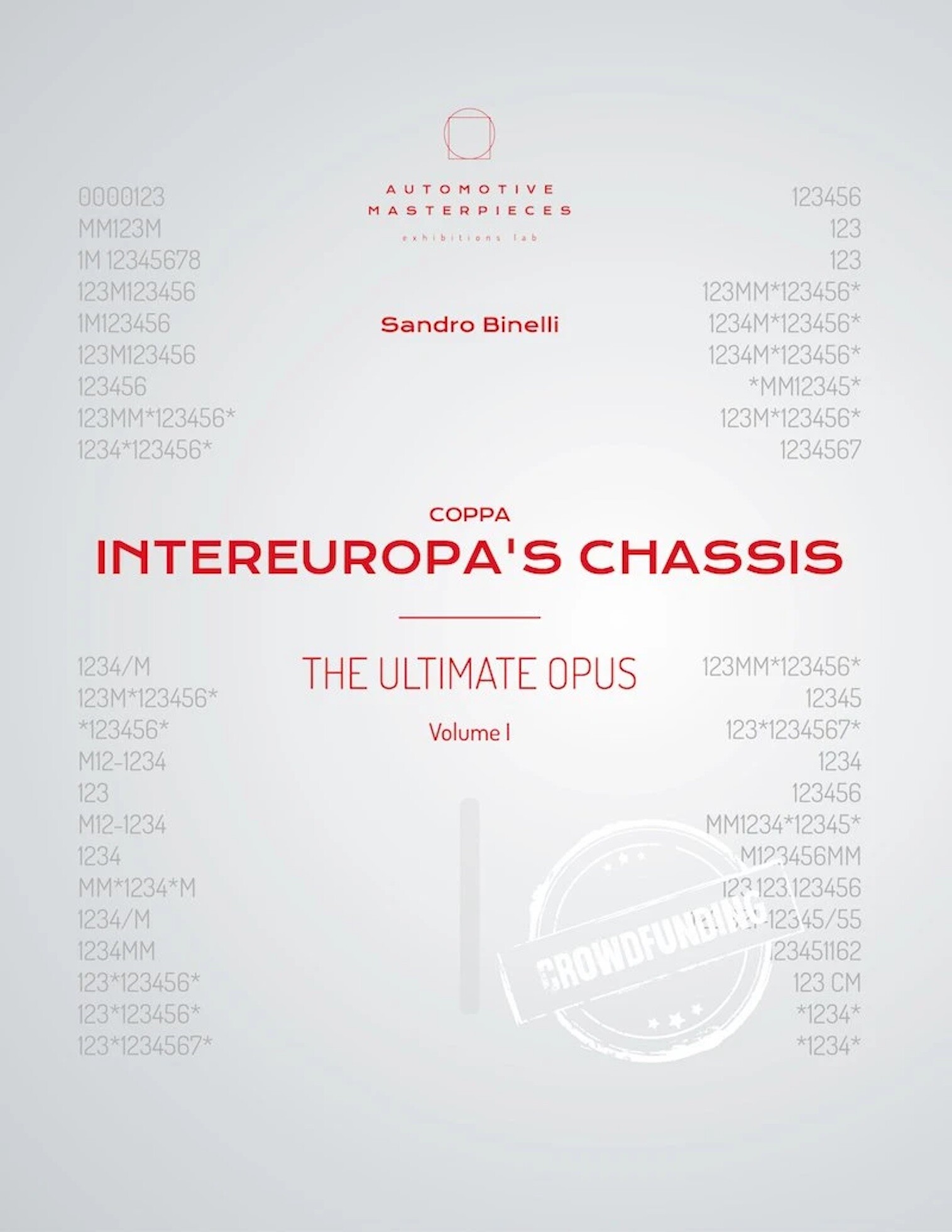
1950 Ferrari 195 Inter
ON/OFF
Why am I an Automotive Masterpiece?
L. Limited edition cars
no. 11 manufactured
The 195 Inter is a grand tourer produced by Ferrari during 1950 and 1951. Ferrari unveiled the 195 Inter in 1950 at the Paris motor Show, it was similar to the 166 Inter shown a year earlier and was aimed at the same affluent clientele. Like the last of the 166 Inters, the wheelbase has been enlarged from 2420 mm to 2500 mm, to increase cabin space. Like in the 166 Inter, the chassis frame was of the same basic tubular steel construction as that of the earlier model and featured independent front suspension via a transverse leaf spring, with a rigid axle and semi-elliptic leaf springs at the rear, and Houdaille lever shock absorbers all round. The Gioacchino Colombo’s V12 engine was increased in capacity to 2431cc, by increasing the bore from 60 to 65 mm, though the 58.8 mm stroke was retained. A single Weber 36DCF carburettor was normally fitted, for a total output of 130 hp though some used triple carbs. There was a 195 Sport model, which was built in the even chassis number competition car range. The more-potent Ferrari 212 Inter was introduced at the 1951 Paris show and replaced the 195. Coachwork was custom, and 27 were built in less than a year: 11 coupé and one berlinetta were bodied by Vignale.
All Vignale Ferrari's consist of very many body-panels that form themselves to the Ferrari-chassis that is underneath it. Almost all designs originate from Giovanni Michelotti and were built in aluminium. The designer Michelotti worked closely with Alfredo Vignale, one of the newest coachbuilders in Turin; the pair had worked together at Stabilimenti Farina.
The Ferrari 195 Inter, with chassis no. 0097/S, is one of only 13 units bodied by Vignale. It was originally delivered to A.I.C.A.R S.r.l, an agency dealing in international car and parts trading, and quickly passed on to its first private owner, Federico Munz, who raced it in the 1951 Coppa Intereuropa at Monza, achieving 4th place overall, just behind Villoresi and Chiron in larger displacement cars. Shortly after, it is possible that the car was entered in the Mille Miglia but did not participate, likely due to post-race in Monza recovery. Subsequently, the car was exported to Geneva, where Andre Canonica became its new owner and raced it at a Geneva airfield, securing 1st overall in late 1951. After a year, chassis no. 0097/S moved to the U.S. and ended up at Zumbuch’s garage. In 1955, Donald Lee became the third owner; unfortunately, the car’s body and engine were damaged in a fire, though the chassis and running gear were spared. During the 1960s, the car was sold to Gary A. Schonwald, a New York attorney. Faced with the high cost of restoration, Gary decided to rebody it, using a Vignale Coupe body from 166 MM sn. 0024M, originally built in 1949 as a Touring barchetta but rebodied by Vignale in 1953. The car was then sold as a rolling chassis to John H. Baker, a resident of the UK, in 1981. After passing through several collectors, the car was acquired by Lord Brocket in 1987, a prominent Ferrari enthusiast in the UK. Under Brocket's ownership, the 195 Inter underwent a complete concours-level restoration, including a shortened chassis to accommodate the Vignale body. The stripped-down body was refinished in a striking two-tone metallic silver-grey and dark metallic grey. It was first shown during its restoration at Brocket Hall in 1989, and by 1990, most of the work was completed. In 1993, the car, now fully restored, was featured in Richard Newton’s book “Ferrari Concours” and won first in class at the Louis Vuitton Concours in Paris, later taking Best of Show at the FOC Concours in Goodwood. During this time, a correct engine, the unit from 195 Inter sn. 0087S was used. In 1996, Peter Andersen purchased the car, later driving it at the Ferrari 50th Anniversary Meeting in Rome and Maranello. The restoration work carried out under Lord Brocket proved to be enduring. Andersen retained ownership until the car found a new home with a Ferrari collector in Connecticut in 2012. Seeking to restore its authenticity, from 2017 to 2021, a large amount of money was invested in further restoration by renowned Ferrari specialist Peter Markowski at RPM in Vermont. A three-way engine swap was carried out: engine no. 0087, previously fitted to chassis no. 0097/S, was sold to the owner of the matching chassis, who, in turn, provided engine no. 0145 to the owner of its matching chassis. Consequently, chassis no. 0097/S was equipped with a correct, Ferrari-certified rebuilt engine. The car also received a 4-speed gearbox from a Ferrari 212/225. This made 0097/S once again ready to compete in the concours circuit. It was First in Class at the 1993 Louis Vuitton Concours in 1993 and Best of Show at the 1993 Ferrari Owners Club Concours. More recently, it participated in the 2017 Concours on the Avenue in Carmel, The Quail in 2019, the Cavallino Classic in 2022, and won awards at Mar-A-Lago and the 75th Ferrari Anniversary at Bridgehampton in 2022. The leading Ferrari historians have included chassis no. 0097 in their research and publications. From their analysis, the car features a distinctive Vignale badge, with an inscription underneath, which sets it apart from other examples; a detail that has played a crucial role in tracing the car's history.





